The Quantum Physics of Main Idea
An old roommate of mine is a string theorist. We had countless conversations that hovered around my same basic question: "Uh, tell me again, what is string theory exactly?" If you were to ask me to talk about string theory now, I could tell you the same two facts I learned about the topic years ago. I could point to a picture like the one below and say, "Oh! That's a string? I think?" And two, I could point to a representation of string theory like this:
And two, I could point to a representation of string theory like this:
(I am pretty proud of this, and it only took a couple of years!) Now, if you were to ask me, "What ideas do you have about string theory?" the inside of my mind would look like this: There are many reasons why my mind is blank with ideas about string theory.
There are many reasons why my mind is blank with ideas about string theory.
- The topic is really complicated.
- I didn't spend enough time learning about the topic.
- My discussion partner had a much higher level of expertise.
When we teach nonfiction reading, even though the kids are reading books about sharks, at times they have the same expression on their faces when we ask them what the main or central ideas are in their books as I do if I think about string theory. Somehow this is oddly comforting. Last week, some teachers and I went on a scavenger hunt during our grade-level team meeting. We grabbed our i-devices and cameras and searched for current writing about nonfiction reading. Time after time after time, we snapped shots of student work like this: And this:
And this: Overall, kids stayed in the zone of facts, as opposed to writing or talking about their ideas about the topic. At first, we were troubled. Why aren't our children identifying the main idea as they read? But then, string theory popped into my mind. Maybe our students feel about their new nonfiction reading the same way I felt during my first (and second, and third) introduction to string theory.When we are learning something new one of the first pit-stops to becoming more knowledgeable about the subject is being able to talk about the topic. Then, once we gather enough content knowledge, we move into being able to talk about ideas we have about the subject.Maybe it's not that our students can't write or talk about the main idea of what they are reading. Maybe they are just hovering at the first pit-stop: talking and writing about the topic.Maybe they need us to create ways to scaffold the inferring of main ideas. Here are a few:Successful Scaffolds to Support Students Moving from Topic-Based Responses to Idea-Based Responses1. Try it Yourself and Make a Chart-- First, dive into nonfiction reading texts yourself and give that learning progression a try. Here, we read from Wild Babies by Seymour Simon & tried moving from topic to idea:
Overall, kids stayed in the zone of facts, as opposed to writing or talking about their ideas about the topic. At first, we were troubled. Why aren't our children identifying the main idea as they read? But then, string theory popped into my mind. Maybe our students feel about their new nonfiction reading the same way I felt during my first (and second, and third) introduction to string theory.When we are learning something new one of the first pit-stops to becoming more knowledgeable about the subject is being able to talk about the topic. Then, once we gather enough content knowledge, we move into being able to talk about ideas we have about the subject.Maybe it's not that our students can't write or talk about the main idea of what they are reading. Maybe they are just hovering at the first pit-stop: talking and writing about the topic.Maybe they need us to create ways to scaffold the inferring of main ideas. Here are a few:Successful Scaffolds to Support Students Moving from Topic-Based Responses to Idea-Based Responses1. Try it Yourself and Make a Chart-- First, dive into nonfiction reading texts yourself and give that learning progression a try. Here, we read from Wild Babies by Seymour Simon & tried moving from topic to idea:
 Sometimes just seeing an example of an idea is vs. a topic helps students come up with their own. Then, make a chart to go with this demonstration of your own main idea skills. (The questions below the example especially helped):
Sometimes just seeing an example of an idea is vs. a topic helps students come up with their own. Then, make a chart to go with this demonstration of your own main idea skills. (The questions below the example especially helped): 2. Language Support--Thinking through the lesson and teaching chart helped us stumble into other phrases and language support that would be helpful moving from topic to ideas. Some favorites include:
2. Language Support--Thinking through the lesson and teaching chart helped us stumble into other phrases and language support that would be helpful moving from topic to ideas. Some favorites include:
- I see_______. I see______. So this makes me think _______.
- This text is teaching me ______.
- I'm thinking that _______.
- My idea based on reading this text is ______.
- This text is mostly about _______.
- The author is trying to teach me _______.
- Not only is this text about ______ (topic), it's also about ______ (idea).
- One could argue _______ based on the information in the text.
3. Reading Practices--We realized that these language supports worked after reading and rereading a section of the text. Or they worked better after a round of shared reading, especially with our students learning English as a second or third language. Some teachers planned to try this work after several rounds of shared reading, like this: Shared Reading and Main Idea. Whole-class discussion and partner talk helped nurture main idea work. Even the reading practice of visualizing or imagining the image of the nonfiction topic helped: 4. Multi-Modal Learning--Images gathered online, which were labeled and posted, assisted richer talk about the topic, leading to vocabulary development helpful when discussing ideas. Here's a multi-modal lesson example of teachers enriching the lesson with images, labels and language supports: MulitModal Main Idea Lesson. Smartboards help bring a sort into the 21st century. Create virtual sentence strips examples of "topic," "details," and "main ideas" and sort them on the Smartboard using a nonfiction text the entire class knows. Here's an analogue sketch of the game:
4. Multi-Modal Learning--Images gathered online, which were labeled and posted, assisted richer talk about the topic, leading to vocabulary development helpful when discussing ideas. Here's a multi-modal lesson example of teachers enriching the lesson with images, labels and language supports: MulitModal Main Idea Lesson. Smartboards help bring a sort into the 21st century. Create virtual sentence strips examples of "topic," "details," and "main ideas" and sort them on the Smartboard using a nonfiction text the entire class knows. Here's an analogue sketch of the game: It's true the Common Core Learning Standards say that topic-based nonfiction responses fit in the 2nd grade year and basic main idea-based nonfiction responses fit at the end of the 3rd grade year. But anyone who teaches elementary, middle or high school knows that many students default to topic-based nonfiction responses, especially as the text and content become more difficult. We need to learn to tie our shoes before we run a marathon, especially when learning something new.Case in point: My brief experience with string theory. I could only do "second grade" level work at first. And I needed support to work at higher levels.Finding a main idea and quantum mechanics have a lot in common. Both can be explained to us over and over, but then, when we are on our own, we think, "Wait, what's the main idea again?" Main idea can be as slippery and abstract for our kids as string theory is to us. It's our job to give them many different experiences over time to help them get better at seeing the multiple possibilities in every text they read.Big Idea: Main Idea Tiny Detail: Scaffolds that bring us from topic to ideaKate and MaggieSpecial thanks to PS 199 and PS 503 for inspiring and trying out some of this work around topic and idea-making!
It's true the Common Core Learning Standards say that topic-based nonfiction responses fit in the 2nd grade year and basic main idea-based nonfiction responses fit at the end of the 3rd grade year. But anyone who teaches elementary, middle or high school knows that many students default to topic-based nonfiction responses, especially as the text and content become more difficult. We need to learn to tie our shoes before we run a marathon, especially when learning something new.Case in point: My brief experience with string theory. I could only do "second grade" level work at first. And I needed support to work at higher levels.Finding a main idea and quantum mechanics have a lot in common. Both can be explained to us over and over, but then, when we are on our own, we think, "Wait, what's the main idea again?" Main idea can be as slippery and abstract for our kids as string theory is to us. It's our job to give them many different experiences over time to help them get better at seeing the multiple possibilities in every text they read.Big Idea: Main Idea Tiny Detail: Scaffolds that bring us from topic to ideaKate and MaggieSpecial thanks to PS 199 and PS 503 for inspiring and trying out some of this work around topic and idea-making!


